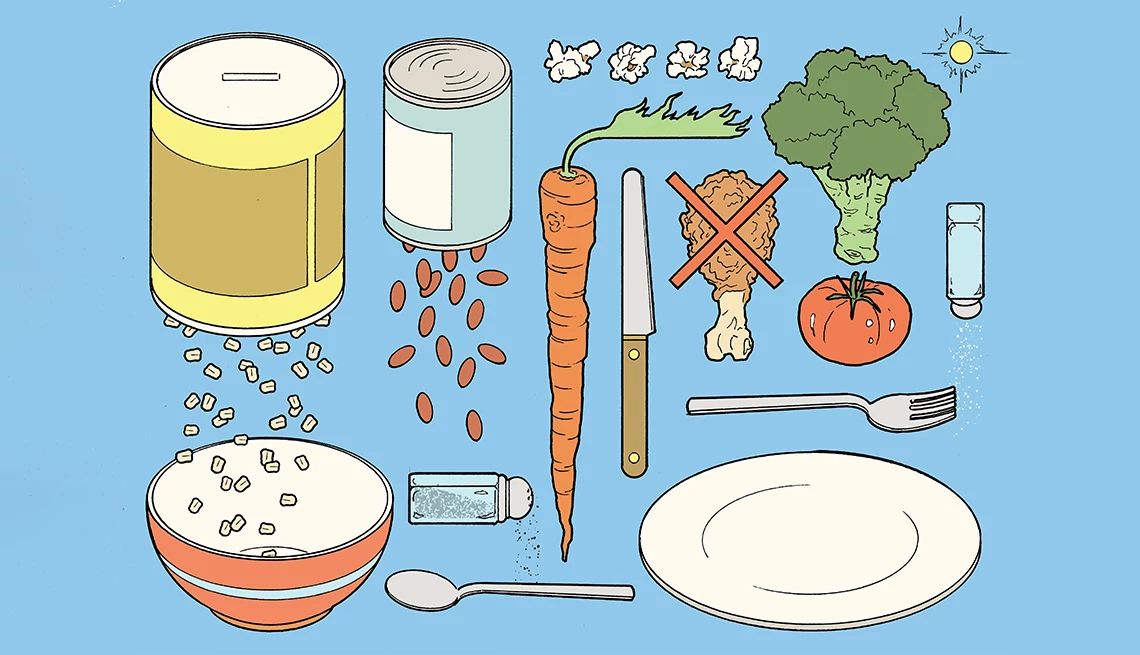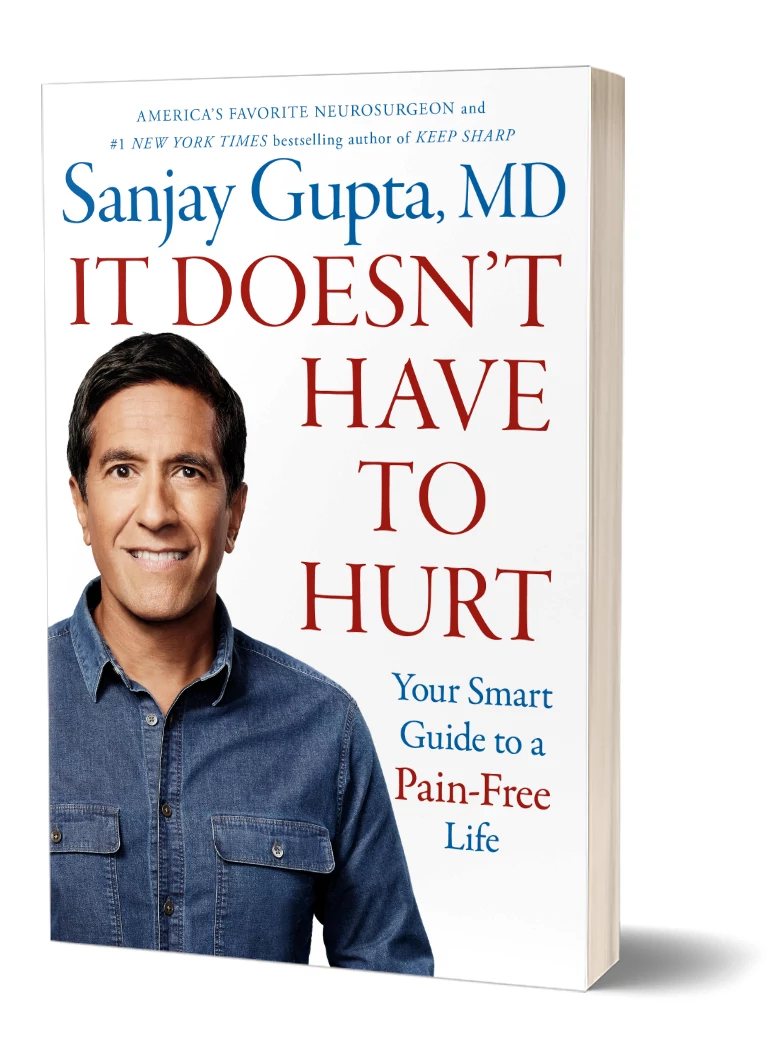AARP Hearing Center


Our food choices don’t just boil down to pounds gained or lost on a scale. They affect every aspect of our health, including our resistance or resilience to pain. Here are some simple rules to keep in mind.
1. Pay attention to proteins
If you get most of your proteins from plants such as beans, whole grains and nuts, your levels of chronic inflammation — the kind that can trigger chronic pain and damage your body on an array of levels—will be lower.
2. Eat more fiber
A form of carbohydrate, fiber may lower chronic inflammation. Try for the following:
- Women over 50: 21 grams daily
- Men over 50: 30 grams daily
Good sources of fiber include whole grains, oatmeal, nuts, berries, beans, vegetables, brown rice and popcorn.


In It Doesn’t Have to Hurt: Your Smart Guide to a Pain-Free Life, Sanjay Gupta, M.D., shares effective options for relief that you can start practicing today to greatly reduce your chances of suffering pain tomorrow.
3. Eat your vegetables and fruits
In addition to their many other benefits, vegetables and fruits reduce inflammation. Berries and cherries are especially good options. Fruit juice is usually not, because it is high in sugars and low in fiber. Strive for a minimum of five cups of vegetables and fruits per day. And if you have diabetes or prediabetes, emphasize nonstarchy vegetables over fruits.
4. Use more anti-inflammatory herbs and spices.
A 2012 study found that the best anti-inflammatory herbs and spices to eat are paprika, rosemary, ginger, turmeric, sage and cumin. An earlier study found that cloves, ground Jamaican allspice, cinnamon, sage, marjoram and tarragon are also great choices.
5. Avoid trans fats
Trans fats, which are added to foods to increase their shelf life, can add to the body’s inflammation. Avoid foods whose labels say they have “partially hydrogenated” oils. Foods that often have trans fats include baked goods (cakes, pie crusts, frozen pizza) and fried foods (doughnuts, fries).


































































More From AARP
10 Effective Ways to Help Relieve Pain
In his new book, Sanjay Gupta reveals tips for living with chronic pain
Should You Take a Fish Oil Supplement?
People take it to protect their brain, joints and heart. But does it live up to the hype?
Book Excerpt: ‘It Doesn’t Have to Hurt’
Practical advice on how to reduce chronic pain from best-selling author Sanjay Gupta, M.D.